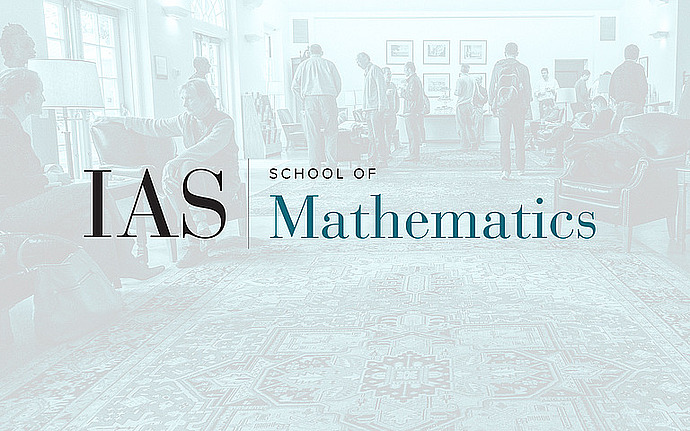
Motivic Homotopy Theory Program
|
Events
Lectures on cross functors by Vladimir Voevodsky,
Wed. 11am in Dilworth Room (first lecture Oct. 10)
For any category $C$ with fiber products and any 2-category $D$ we defined a class of cross functors from $C$ to $D$. A cross functor with values in the 2-category of categories assigns to an object of $C$ a category and to a morphism four functors between the corresponding categories together with some additional data. The main example was a cross functor on the category of algebraic varieties which sends a variety to the derived category of $l$-adic sheaves on it and such that the corresponding four functors are the standard direct and inverse images. In the first part of the lectures we introduced and studied cross functors in the general categorical context. In the second we studied properties of homotopy invariant cross functors on the category of schemes including a general duality theorem. In the last part we constructed the cross functor of motivic stable homotopy and used it to prove duality and the blow-up long exact sequences for the motivic (co-)homology theories.
About the motivic homotopy theory
The motivic homotopy theory is the homotopy theory for algebraic varieties and, more generally, for Grothendieck's schemes which is based on the analogy between the affine line and the unit interval. Eventually, the motivic homotopy theory is expected to provide techniques which may help to solve problems in algebraic geomerty such as various "standard conjectures on algebraic cycles", Beilinson-Soule vanishing and rigidity conjectures, the Bloch-Kato conjecture etc. Unlike many other approaches tried in the past decades, the motivic homotopy theory attempts to understand the category of algebraic varieties "from the inside" i.e. without explicit use of such constructions as Betti cohomology or Hodge structures which require "external" topological or analytic tools. The first success of this theory was the proof of the Milnor Conjecture (see also the Bourbaki seminar talk La conjecture de Milnor by Bruno Kahn) relating Galois cohomology with Milnor's K-theory mod 2 and quadratic forms. There is also a good progress on the Bloch-Kato conjecture which is the generalization of the Milnor Conjecture to odd primes. For the most recent info see the following part of the Markus Rost web page. The basic constructions of the motivic homotopy theory are described in
- $A^1$-homotopy theory, by Vladimir Voevodsky
- Voevodsky's Seattle Lectures K-theory and Motivic Cohomology, by Charles A. Weibel.
- $A^1$-homotopy theory of schemes, by Fabien Morel and Vladimir Voevodsky.
- $A^1$-local symmetric spectra, by J.F. Jardine.
- $S$-modules in the category of schemes, by Po Hu.
For additional references see also the web page of Fabien Morel.
In the current state the motivic homotopy theory has as its primary objects of study categories of three types: the unstable $A^1$-homotopy categories, the stable $A^1$-homotopy categories and the triangulated categories of motives. Each of these types consists of a family of categories depending on the base scheme and in the two later cases on the ring of coefficients.
Different versions of the triangulated category of motives over the spectrum of a field were historically the first examples of "motivic homotopy categories". The theory of these categories is closely related to the theory of motivic cohomology pioneered by A. Grothendieck, P. Deligne, S. Lichtenbaum and A. Beilinson. Today, one can distinguish three different approaches to motivic cohomology. The first two, based on the theory of algebraic cycles, are described in Motivic cohomology and algebraic cycles, by Marc Levine (see also Mixed motives and algebraic cycles, by Masaki Hanamura), and in Cycles, Transfers and Motivic Homology Theories by E.M. Friedlander, A. Suslin and V. Voevodsky, respectively. The relations between these two approaches are fairly well understood. In particular, we know that Bloch's higher Chow groups appearing as the motivic cohomology in the first approach are isomorphic to the Suslin-Voevodsky version of motivic cohomology appearing in the second (see [1, s6.dvi], [2]). In the third approach (see e.g. [3]) one attempts to describe motivic cohomology of fields by explicit generators and relations. Unfortunately, at the moment we know very little about how the third approach compares to the other two.
The triangulated categories of motives and the motivic stable homotopy categories are connected by pairs of adjoint functors. The exact relation bewteen these two categories is closely related to the theory of cohomological operations in motivic cohomology. At the moment we understand the picture well only in the case of the categories over the spectrum of a field of characteristic zero.